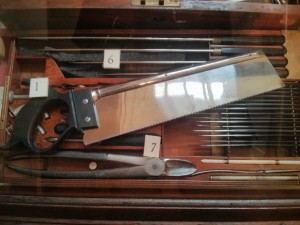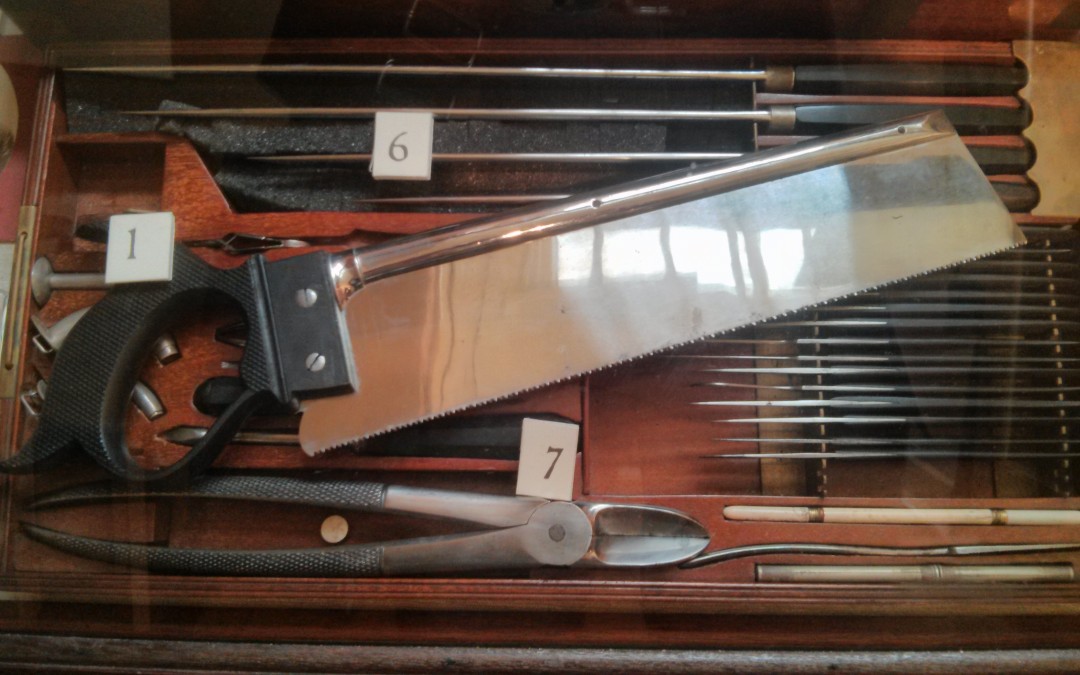 Halloween and Happy Halloween greetings
Halloween and Happy Halloween greetings
I am writing on the evening of Halloween and so you may be forgiven for thinking I am about to perform a ghoulish act or am in the act of faking an amputation, which in the current world situation is in very bad taste. But Halloween will undoubtedly allow for some particularly gruesome pantomime in a world where this sort of stuff is no longer pantomime but the real action.
Recently I went in to a London Prêt a Manger and was served by a chap with a meat cleaver through his head. I am taken aback, and have to re-adjust my thinking in the light of recent atrocities in the news coverage of the Middle East, and I mentally review the seemingly mutilated human before me as part and parcel of the Halloween act. It is a measure of contemporary life that we are presented with situations and always one may have to adopt a nuanced view, and pull back from recent confrontational reality. Wise up, play the game, and get happy with Halloween. Put aside the scruples and smile.
Toastmasters … Tricks and Treats?
Erm … I attended a few weeks ago a talk― the sort of talk where you have to pay ― one that promised insight into the early days of anaesthesia. This is particularly good happy Halloween material as the venue for the talk was the oldest operating theatre in Britain (1703). During its hey-day there was blood-in-buckets. Cleavers, or rather, let me say more accurately, precision-made, polished surgical saws were de rigueur in the surgeons hallowed bag of tricks. There were no treats in store. Only tricks of the trade, in an emerging medical world where much was learned on the job. And bear in mind that the patient may survive the surgery and die in the lap of a surgeon’s bloody apron, rendered deadly by unwashed bacteria and gore.
What are you saying? I am listening but cannot hear?
I am in earnest to listen, and hear this talk. The talk is indeed about anaesthesia, and the absence of anaesthesia and the absence of pain-control when the majority of operations were amputations. I am there to listen, absorb, and learn. How come I find myself within seconds mentally tut-tutting with my Toastmasters hat on? And, if I am specific, my “Erm”… Toastmasters Grammarian hat. For I am counting the speaker’s “Erms”. The speaker is delivering the lecture in such a way that I can hardly understand what is being said. I am listening acutely but I cannot hang on to every word. The speaker is speaking a few words and stopping. There’s an “Erm” and then the speaker continues and seems to speak in short staccato sentences, that somehow are disconnected. “Um”. The sentences seem not to be completed, and therefore… “er” … there is no flow, and I am indeed hanging on to every word, but because … “um”… there is no real continuity and semblance … “erm”… of wholeness and completion of a theme, I fall off. I fall off … to sleep.
This is a very unfulfilling experience as I really am interested, and I really want … to learn … “um” … but it is so difficult … “uh” when a person speaks in such a juttering … “erm” … and fragmented way. One comparison is of looking at an image through shattered glass. All the parts are there but there is a fragmentation rather than a whole. I am really, really listening but the arbitrary pauses ― and I say arbitrary pauses, rather than pauses arranged to occur so as to convey meaning and depth. This is not how our ears are ‘designed’ to hear. I am in the line of machine-gun fire, an electronic voice on an intercom, or I might even allude to a Dalek in television’s Doctor Who. I found it difficult, and awkward to comprehend the meaning as one may find it awkward to recognise oneself though a shattered mirror.
Technical fault and failure
The speaker long ago has announced that her technology wasn’t working, rather than quietly managing whatever the situation is. Again I throw my Toastmasters hat into the ring. The audience are very unlikely to notice a technical fault unless it is of the magnitude of a blank screen. They may notice that you have few slides, and that having several images on one slide does not lend itself to comprehension, but you and I may not notice the absence of a remote control.
The venue has the advantage of great acoustics which support and enable clarity of sound and amplification. For the speaker this is a bonus, “erm…”.
Getting to the point
Almost an hour into the talk, the core subject has remained virtually untouched. And then “erm” mention of Humphry Davy came up. As a relatively young sprite Humphry Davey discovered the anaesthetising effects of combined chlorine and iodine (nitrous oxide). Nitrous oxide seemed to be capable of destroying physical pain. By this time, however the audience’s attention was thinly disguised and one or two were hanging on … hanging on “erm” to consciousness … and, well dropping off with every falling word. Check out www.biography.com/people/humphry–davy-9268399 and http://en.wikipedia.org/wiki/Humphry_Davy.
Want to find out more about the early days of operations and operating?
Read my next blog post here.
Want to find out more about Toastmasters and speaking in public to be heard?
Please visit www.toastmasters.org to learn more about a Toastmasters club near you!
Toastmasters supports you in learning and practising public speaking so you do yourself justice when delivering a body of knowledge and expertise. Take a trip to your local Toastmasters, and learn to deliver with continuity, ease and speak with understanding so your message is easy on the ears of your audience. Learn to share your message or your story, so that your listeners do not drop off. Learn to deliver your message so that your audience are hooked by your words.
Deborah Marshall-Warren
Latest posts by Deborah Marshall-Warren (see all)
- Jack(fruit)-out-of-the-Box - February 9, 2020
- Flags a-flying in perpetual flap! - July 1, 2019
- The Art of Listening? - July 29, 2018

